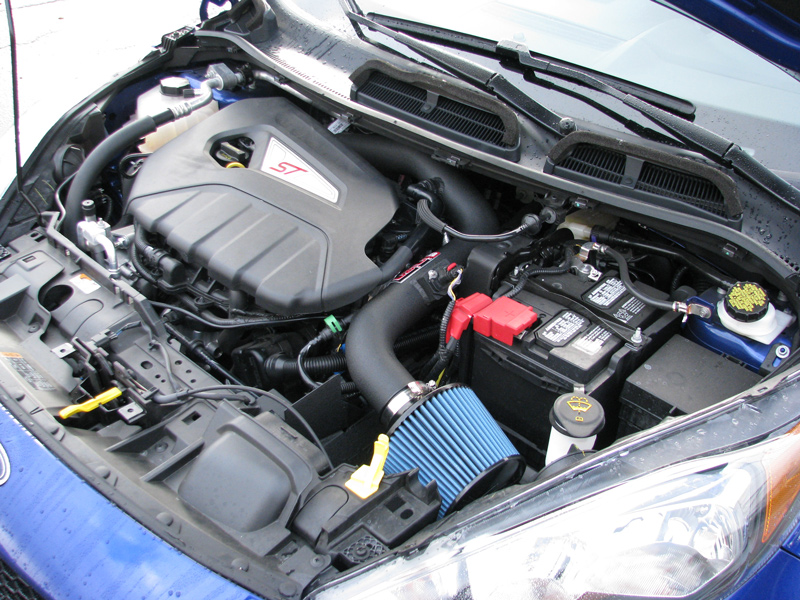Not sure if this is in the right section.
I noticed that Intake Temps closely follow Ambient & Charge Air Temps (Cobb AP Stage 1 91 octane, stock IC, Injen intake with completely shielded filter). However, on the highway when coolant temp is normal, Intake Temp will rise and stay approximately 10 degrees higher than Ambient for no apparent reason. This week the temps have been in the teens, and I'm driving at 60-65 mph, so it should be ice cold all the way through.
My question: Is this the EGR system? Obviously I don't mind a little bit warmer intake right now, but when it warms up I'd be interested in keeping everything as cool as possible.
I noticed that Intake Temps closely follow Ambient & Charge Air Temps (Cobb AP Stage 1 91 octane, stock IC, Injen intake with completely shielded filter). However, on the highway when coolant temp is normal, Intake Temp will rise and stay approximately 10 degrees higher than Ambient for no apparent reason. This week the temps have been in the teens, and I'm driving at 60-65 mph, so it should be ice cold all the way through.
My question: Is this the EGR system? Obviously I don't mind a little bit warmer intake right now, but when it warms up I'd be interested in keeping everything as cool as possible.



